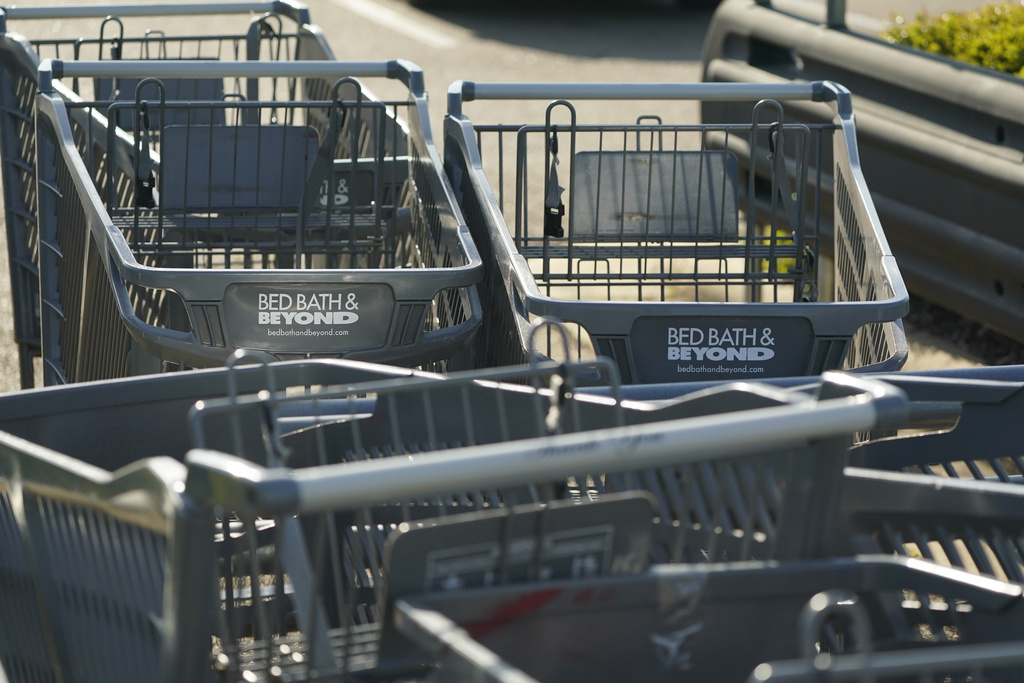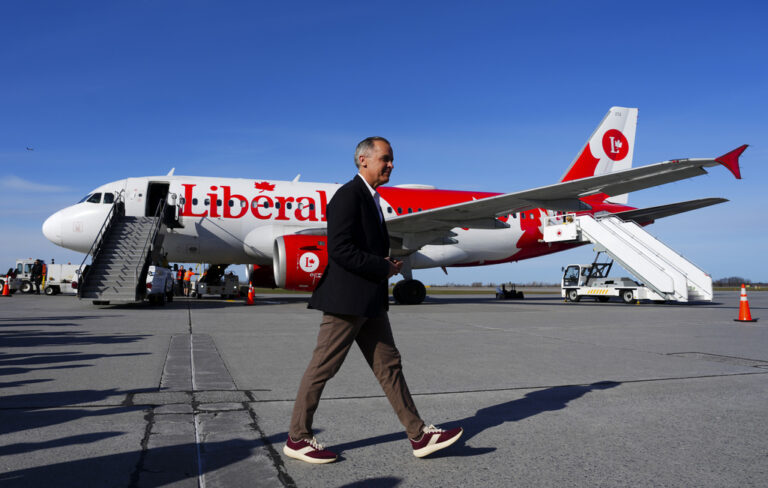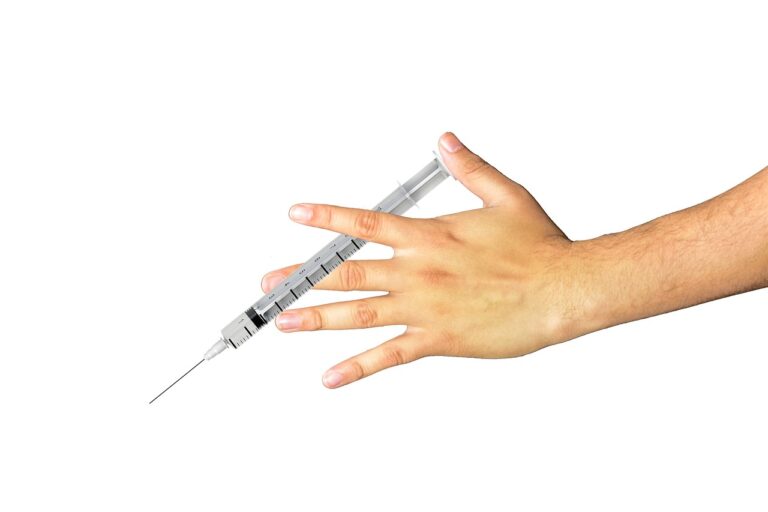The government’s report Thursday that the economy grew at a 1.1% annual rate last quarter signaled that one of the most-anticipated recessions in recent U.S. history has yet to arrive. Many economists, though, still expect a recession to hit as soon as the current April-June quarter — or soon thereafter.
The economy’s expansion in the first three months of the year was driven mostly by healthy consumer spending, yet shoppers turned more cautious toward the end of the quarter. Businesses also cut their spending on equipment, a trend that has continued.
The list of obstacles the economy faces keeps growing. The Federal Reserve has raised its benchmark interest rate nine times in the past year to the highest level in 17 years, thereby elevating the cost of borrowing for consumers and businesses. Inflation has eased slowly but steadily in response. Yet price increases are still persistently high.
And last month the collapse of two large banks resulted in a whole new threat: A pullback in lending by the financial system that could weaken growth even further. A report on business conditions by the Fed this month found that banks were tightening credit to preserve capital, which makes it harder for companies to borrow and expand. Fed economists are forecasting a “mild recession” for later this year.
Still, there are reasons to expect that a recession, if it does come, will prove to be a comparatively mild one. Many employers, having struggled to hire after huge layoffs during the pandemic, may decide to retain most of their workforces even in a shrinking economy.
Six months of economic decline are a long-held informal definition of a recession. Yet nothing is simple in a post-pandemic economy in which growth was negative in the first half of last year but the job market remained robust, with ultra-low unemployment and healthy levels of hiring.
The economy’s direction has confounded the Fed’s policymakers and many private economists ever since growth screeched to a halt in March 2020, when COVID-19 struck and 22 million Americans were suddenly thrown out of work.
Fed officials have made clear they’re willing to tip the economy into a recession if necessary to defeat high inflation, and most economists believe them.
So what is the likelihood of a recession? Here are some questions and answers:
____
WHY DO MANY ECONOMISTS FORESEE A RECESSION?
They expect the Fed’s aggressive rate hikes and high inflation to overwhelm consumers and businesses, forcing them to significantly slow their spending and investment. Businesses will likely also have to cut jobs, causing spending to fall further.
Consumers have so far proved resilient in the face of higher rates and rising prices. Still, there are signs that their sturdiness is starting to crack.
Retail sales have dropped for two straight months. The Fed’s so-called beige book, a collection of anecdotal reports from businesses around the country, shows that retailers are increasingly seeing consumers resist higher prices.
Credit card debt is also rising, evidence that Americans are having to borrow more to maintain their spending levels, a trend that probably isn’t sustainable.
___
WHAT WOULD BE SOME SIGNS THAT A RECESSION MIGHT HAVE BEGUN?
The clearest signal would be a steady rise in job losses and a surge in unemployment. Claudia Sahm, an economist and former Fed staff member, has noted that since World War II, an increase in the unemployment rate of a half-percentage point over several months has always signaled the start of a recession.
Many economists monitor the number of people who seek unemployment benefits each week, a gauge that indicates whether layoffs are worsening. Weekly applications for jobless aid have been creeping higher as a range of companies, from Facebook’s parent company Meta to the industrial conglomerate 3M to the ride-hailing company Lyft, have announced layoffs.
Still, employers added a solid 236,000 jobs in March, and the unemployment rate slipped to 3.5%, near a half-century low, from 3.6%.
___
ANY OTHER SIGNALS TO WATCH FOR?
Economists monitor changes in the interest payments, or yields, on different bonds for a recession signal known as an “inverted yield curve.” This occurs when the yield on the 10-year Treasury falls below the yield on a short-term Treasury, like the three-month T-bill. That is unusual. Normally, longer-term bonds pay investors a richer yield in exchange for tying up their money for a longer period.
Inverted yield curves generally mean that investors foresee a recession that will compel the Fed to slash rates. Inverted curves often predate recessions. Still, it can take 18 to 24 months for a downturn to arrive after the yield curve inverts.
Ever since last July, the yield on the two-year Treasury note has exceeded the 10-year yield, suggesting that markets expect a recession soon. And the three-month yield has also risen far above the 10-year, an inversion that has an even better track record at predicting recessions.
___
WHO DECIDES WHEN A RECESSION HAS STARTED?
Recessions are officially declared by the obscure-sounding National Bureau of Economic Research, a group of economists whose Business Cycle Dating Committee defines a recession as “a significant decline in economic activity that is spread across the economy and lasts more than a few months.”
The committee considers trends in hiring. It also assesses many other data points, including gauges of income, employment, inflation-adjusted spending, retail sales and factory output. It assigns heavy weight to a measure of inflation-adjusted income that excludes government support payments like Social Security.
Yet the NBER typically doesn’t declare a recession until well after one has begun, sometimes for up to a year.
___
DOES HIGH INFLATION TYPICALLY LEAD TO A RECESSION?
Not always. Inflation reached 4.7% in 2006 — at that point the highest level in 15 years — without causing a downturn. (The 2008-2009 recession that followed was caused by the bursting of the housing bubble).
But when inflation gets as high as it did last year — it reached a 40-year peak of 9.1% in June — a recession becomes increasingly likely.
That’s for two reasons: First, the Fed will sharply raise borrowing costs when inflation gets that high. Higher rates then drag down the economy as consumers become less able to afford homes, cars and other major purchases.
High inflation also distorts the economy on its own. Consumer spending, adjusted for inflation, weakens. And businesses grow uncertain about the economic outlook. Many of them pull back on their expansion plans and stop hiring. This can lead to higher unemployment as some people choose to leave jobs and aren’t replaced.
(AP)











